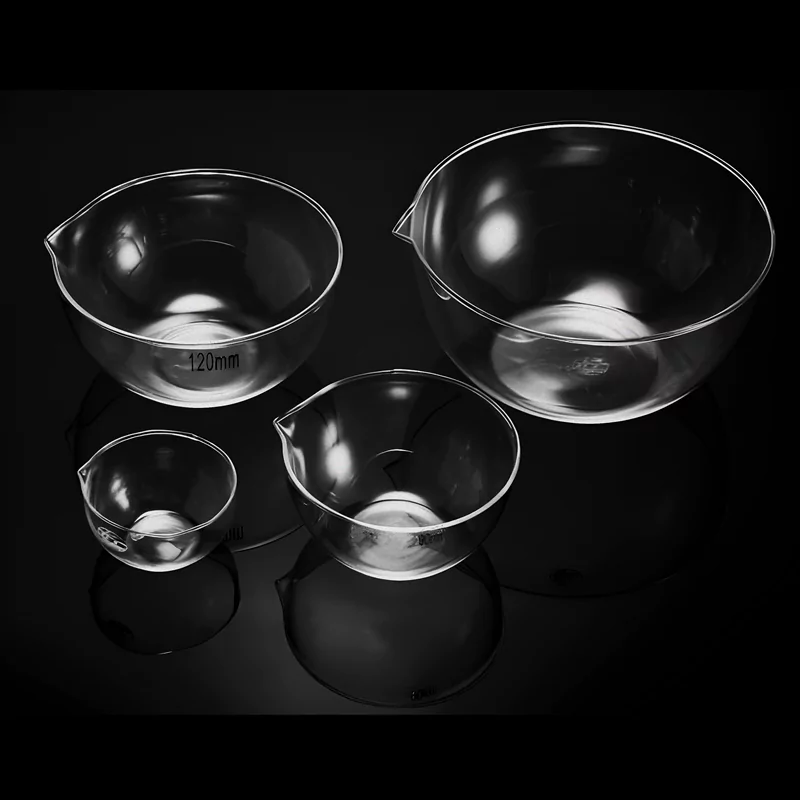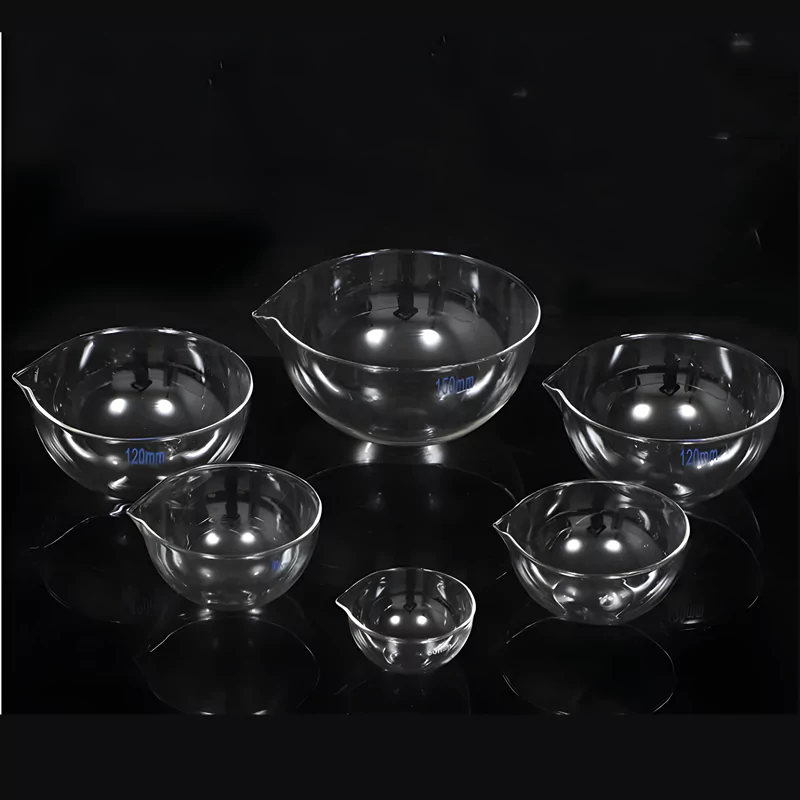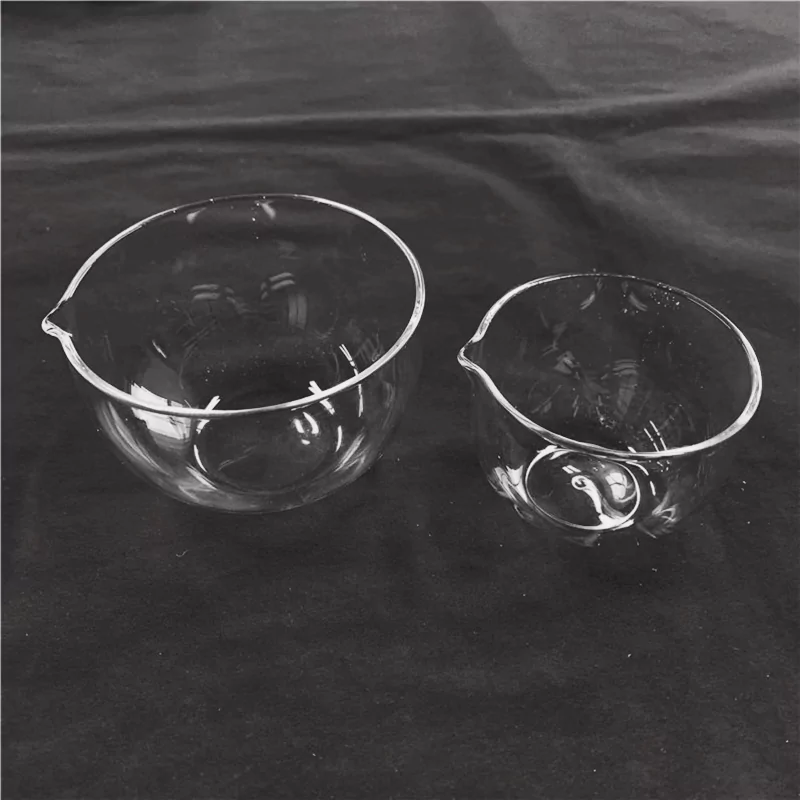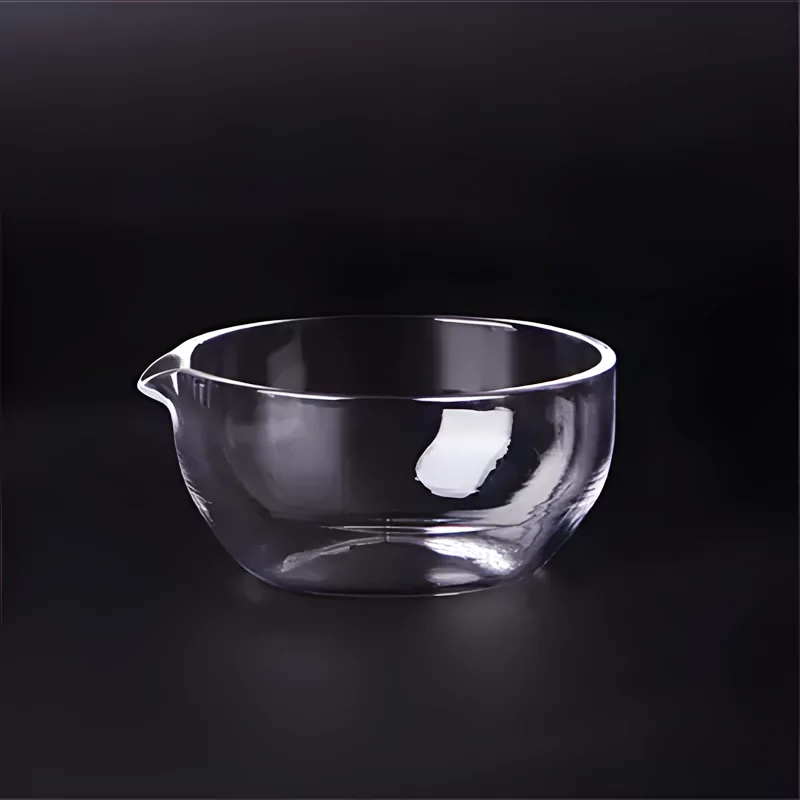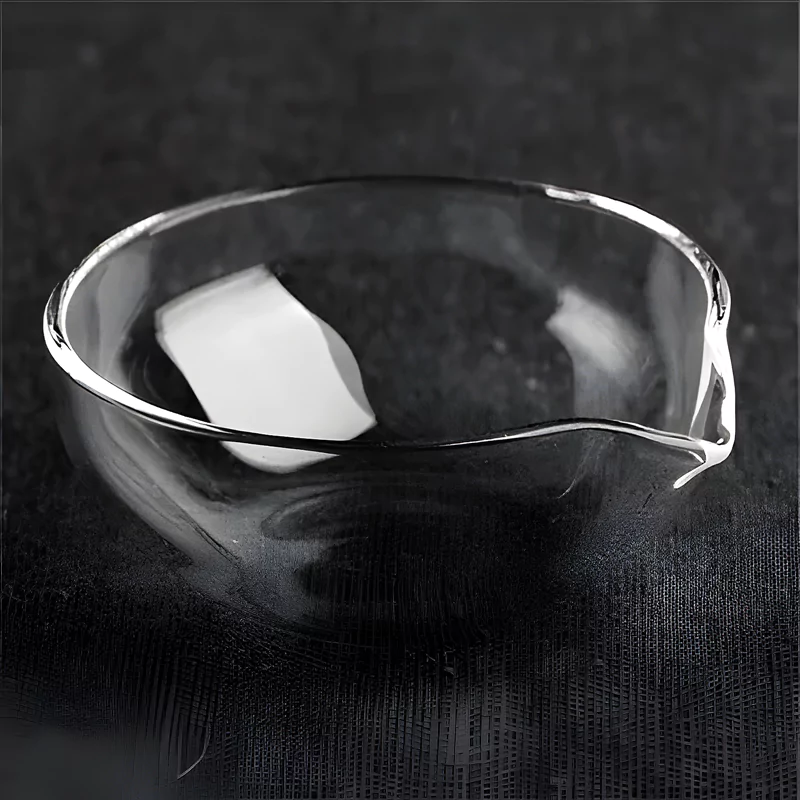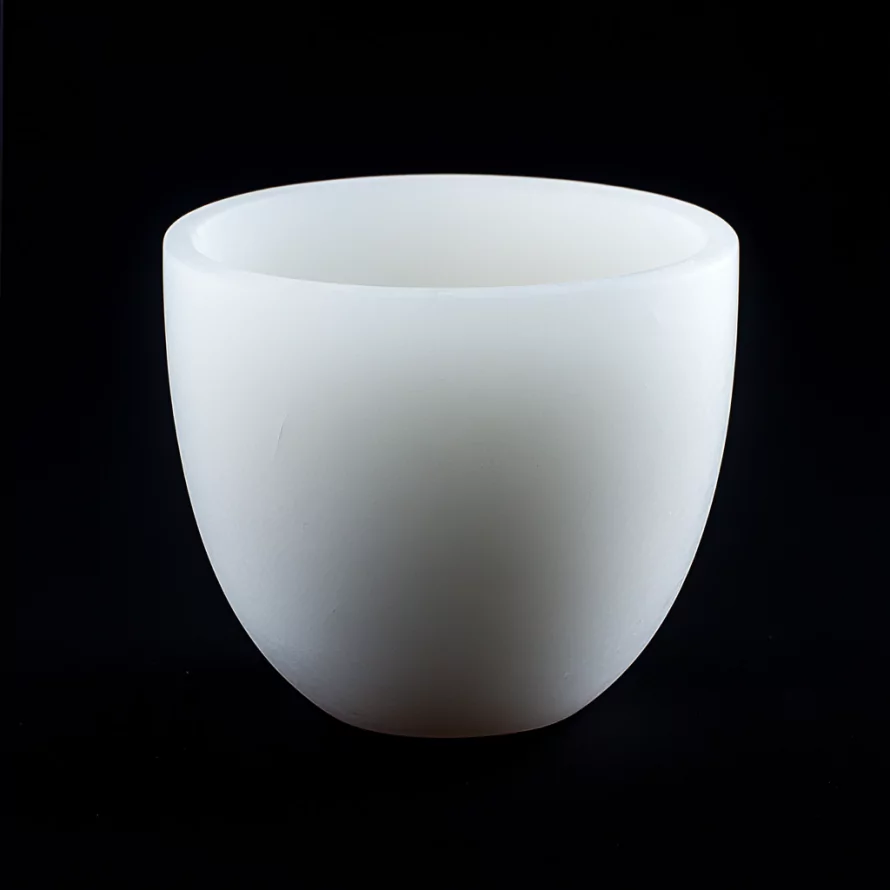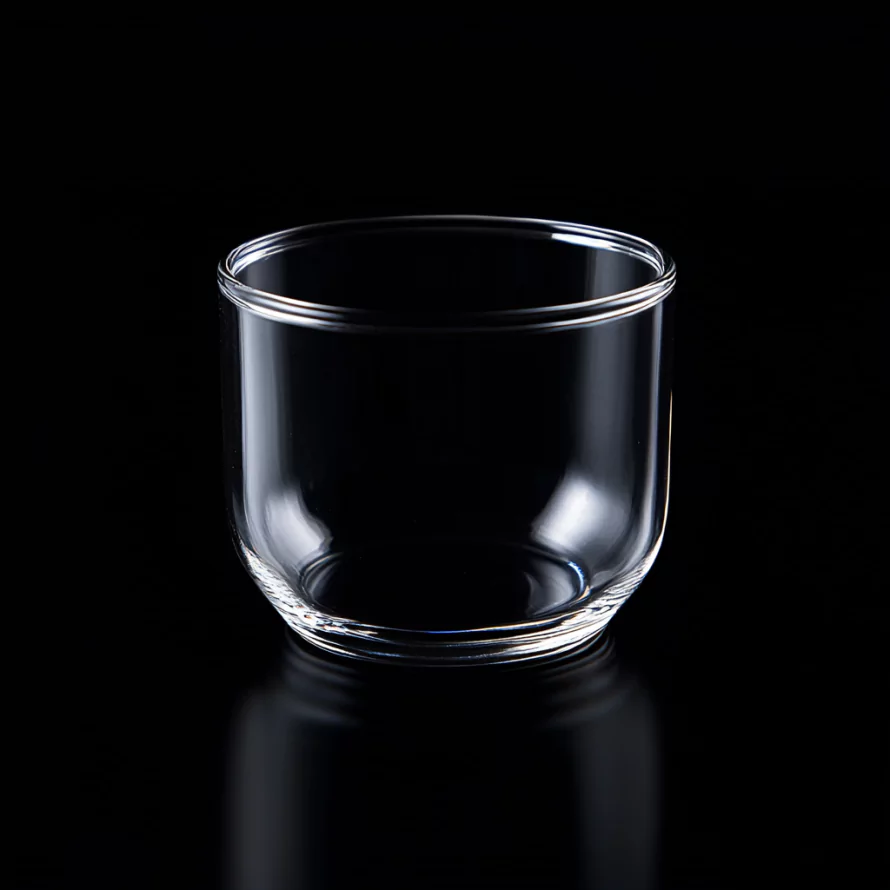- Home
- /
- Applications
- /
- Quartz Labware
- /
- Laboratory Grade Quartz Glass...
Laboratory Grade Quartz Glass Evaporating Dish for High-temperature Applications -TOQUARTZ®
Properties of Quartz Glass Evaporating Dish
TOQUARTZ® quartz glass evaporating dishes combine exceptional material properties with precision manufacturing to deliver laboratory equipment that exceeds performance requirements for critical applications.
Thermal Properties
TOQUARTZ® quartz evaporating dishes withstand extreme temperatures up to 1450°C with minimal thermal expansion (coefficient of 5.5×10⁻⁷/K). This exceptional thermal shock resistance allows direct transfer from high temperature to cold water without cracking or breaking.
Chemical Resistance
Highly resistant to acids (except hydrofluoric acid), alkalis, and common chemical reagents. The chemical stability remains consistent even at elevated temperatures, ensuring sample purity during concentration and crystallization processes.
Material Purity & Transparency
With 99.99% SiO₂ purity, our evaporating dishes provide an ultra-clean environment for sensitive analytical procedures. The transparent nature allows for continuous visual monitoring of processes like crystallization and precipitation without opening the setup.
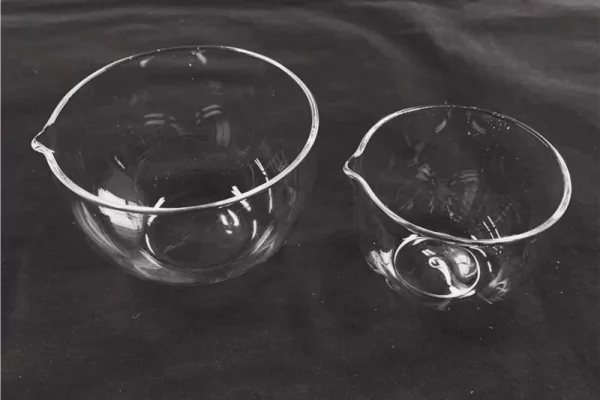
- Excellent Thermal Conductivity
- 99.99% SiO₂ Purity
- Superior Chemical Resistance
Dimensions & Technical Specifications of Quartz Glass Evaporating Dish
Size of of Quartz Glass Evaporating Dish
| Model | Diameter (mm) | Height (mm) | SiO₂ Purity (%) | Bottom Type |
| AT-SY-ZF001 | 60 | 30 | 99.99 | Round |
| AT-SY-ZF002 | 80 | 40 | 99.99 | Round |
| AT-SY-ZF003 | 90 | 45 | 99.99 | Round |
| AT-SY-ZF004 | 120 | 50 | 99.99 | Round |
| AT-SY-ZF005 | 150 | 75 | 99.99 | Round |
| AT-SY-ZF006 | 60 | 30 | 99.99 | Flat |
| AT-SY-ZF007 | 80 | 45 | 99.99 | Flat |
| AT-SY-ZF008 | 90 | 50 | 99.99 | Flat |
| AT-SY-ZF009 | 120 | 60 | 99.99 | Flat |
| AT-SY-ZF010 | 150 | 75 | 99.99 | Flat |
Technical Specifications of Quartz Glass Evaporating Dish
Physical Properties | |
| Density | 2.21 g/cm³ |
| Mohs Hardness | 5.5-6.5 N/mm² |
| Compressive Strength | 6000 N/mm² (16000 psi) |
| Torsion Coefficient | 3.1×10⁴ N/mm² |
| Tensile Strength | 50 N/mm² |
| Bending Strength | 67 N/mm² |
Thermal Properties | |
| Thermal Expansion Coefficient | 5.5×10⁻⁷/K (at 100-1100°C) |
| Thermal Conductivity | 1.38-2.68 W/m·°C (20-950°C) |
| Heat Capacity | 690-1052 J/kg·°C (20-500°C) |
| Maximum Operating Temperature | 1450°C |
TOQUARTZ® Solving Challenges with Quartz Glass Evaporating Dish
Quartz Glass Evaporating Dishes in Analytical Chemistry Labs
Key Advantages
- ICP-MS blank tests show <0.1 ppb contribution for 12 monitored elements.
- Maintains structural integrity in 140°C reflux with HCl/HNO₃ mixtures for 6+ hours.
- 92% visible light transmittance at 400–700nm enables real-time observation.
TOQUARTZ® solution
A US-based analytical lab reported 0.3 ppb Fe contamination using borosilicate dishes during trace metal analysis.
Switching to TOQUARTZ® reduced Fe background to <0.02 ppb, improving detection accuracy by 93%.
Quartz Glass Evaporating Dishes for Materials Science Research
Key Advantages
- Withstood 50 cycles between 25°C and 1200°C with no microcracks or deformation.
- Surface activation energy <0.1 eV prevents unintended phase transitions in oxide systems.
- Thermal conductivity remains within 1.38–2.68 W/m·K from 20°C to 950°C.
- <0.5% dimensional change after 100 hours at 1350°C in air atmosphere.
TOQUARTZ® solution
A materials research team experienced a 27% failure rate with alumina dishes during thermal cycling experiments between 25°C and 1200°C.
TOQUARTZ® quartz evaporating dishes demonstrated zero failures over 50 cycles, eliminating experiment interruptions and saving approximately 215 research hours previously lost to equipment failures.
Quartz Glass Evaporating Dishes in Pharmaceutical Development
Key Advantages
- 99.3% sample recovery rate for APIs after crystallization and rinsing.
- Non-porous surface with <0.01 µm roughness eliminates compound retention.
- No mass loss after 8h exposure to DMSO, methanol, and acetonitrile at 90°C.
TOQUARTZ® solution
A pharmaceutical development lab reported persistent trace contaminants when using standard evaporating dishes for API crystallization.
After switching to TOQUARTZ® quartz evaporating dishes, cross-contamination was eliminated completely. Additionally, sample recovery rates improved from 96.7% to 99.3%, significantly reducing waste of valuable compounds during development stages.
Customization Services for TOQUARTZ® Quartz Glass Evaporating Dish
Custom Dimensions
Non-standard diameters, heights, wall thicknesses, and specialized rim configurations to meet application-specific requirements.
Special Designs
Specialized shapes, spouts for pouring, handles, lids, and multi-compartment designs to facilitate specific laboratory procedures.
Material Variations
Options for translucent or opaque quartz variations, surface treatments, and material grades optimized for specific applications.
TOQUARTZ® Customization Manufacturing Process
Consultation
Our engineering team will work with you to understand your specific requirements, material performance needs, and application environment.
Design & Quote
We offer design assistance and can work from your drawings or conceptual ideas.
Prototype & Production
Minimum order quantities for custom designs are typically lower than industry standards, making specialized quartz solutions accessible for research and small-scale production requirements.
Usage Guidelines for Quartz Glass Evaporating Dish
Proper Handling & Preparation
- Initial cleaning: Before first use, clean with dilute (2-5%) HCl or HNO₃, followed by thorough rinsing with deionized water.
- Handling: Always handle with clean gloves or tongs to prevent contamination and fingerprints.
- Inspection: Visually inspect for chips or cracks before each use, especially after thermal cycling.
Heating Guidelines
- Heating rate: For optimal thermal shock resistance, heat at a rate of 5-10°C/minute when exceeding 500°C.
- Support: Place on ceramic fiber or silica supports rather than direct contact with metal heating elements.
- Heat distribution: Ensure even heating across the dish base to prevent thermal stress points.
Cleaning & Maintenance
- Regular cleaning: Use dilute acids (except HF) or lab-grade detergents. Avoid abrasive cleaners that may scratch the surface.
- Removing stubborn residues: Soak in 5-10% nitric acid solution overnight, then rinse thoroughly with deionized water.
- Storage: Store in clean, dust-free cabinets. Consider individual storage containers to prevent contact with other labware.
- Avoid: Hydrofluoric acid (HF), which will etch and dissolve quartz glass. Also avoid rapid cooling from temperatures above 1000°C.
To extend the lifespan of your quartz evaporating dishes, avoid direct flame contact and never place hot dishes on cold surfaces. Proper care can result in years of reliable laboratory service.
Need Technical Support for Your Quartz Evaporating Dish Application?
Get expert advice on material selection, sizing, and custom requirements.
Why Partner with TOQUARTZ
Direct Factory Advantage
As a direct manufacturer, we can cut out the numerous intermediate links.
Engineering Expertise
Technical team guides clients from material selection to design optimization, translating specs into deliverables.
Flexible Manufacturing
Handling standard & custom orders via small-batch expertise and prototyping rigor to meet urgent deadlines.
Quality
Assurance
Pre-shipment 3-step validation:
1. dimensional accuracy,
2. material purity ,
3. performance thresholds
Global Supply Chain
Reliable global logistics to industrial hubs (DE/US/JP/KR priority) with trackable milestones.
Releted Products
As a specialized manufacturer with direct factory capabilities, TOQUARTZ provides both standard and custom quartz solutions with engineering support throughout the specification and implementation process.
FAQ
Q: What is the maximum temperature a quartz glass evaporating dish can withstand?
A: TOQUARTZ® quartz glass evaporating dishes can withstand temperatures up to 1450°C in continuous operation. The softening point of the material is approximately 1730°C, but we recommend staying below 1450°C for prolonged use to maintain dimensional stability and material integrity.
Q: Are quartz glass evaporating dishes resistant to all acids?
A: Quartz glass evaporating dishes are resistant to most acids, including strong mineral acids like sulfuric, nitric, and hydrochloric acid. However, they are not resistant to hydrofluoric acid (HF) or concentrated phosphoric acid at elevated temperatures, which can etch and dissolve the quartz material.
Q: What is the difference between round and flat bottom quartz evaporating dishes?
A: Round bottom dishes provide more uniform heating and are preferred for crystallization processes where even temperature distribution is critical. Flat bottom dishes offer greater stability on heating plates and are easier to place on analytical balances for precise weighing. The choice depends on your specific application requirements.
Q: How can I clean residue from a quartz glass evaporating dish?
A: For routine cleaning, use laboratory detergents followed by thorough rinsing with deionized water. For stubborn residues, soak in a 5-10% nitric acid solution overnight. For inorganic residues that won’t dissolve in acid, you can heat the empty dish to 1000°C to burn off organic contaminants. Never use abrasive cleaners that can scratch the surface.
Q: Can TOQUARTZ® quartz evaporating dishes be used for microwave-assisted digestion?
A: No, quartz is not microwave-absorbing; our dishes are not suitable for microwave digestion systems.
Contact our engineering team for technical consultation and pricing. We’ll help you select the optimal specifications for your application requirements.

